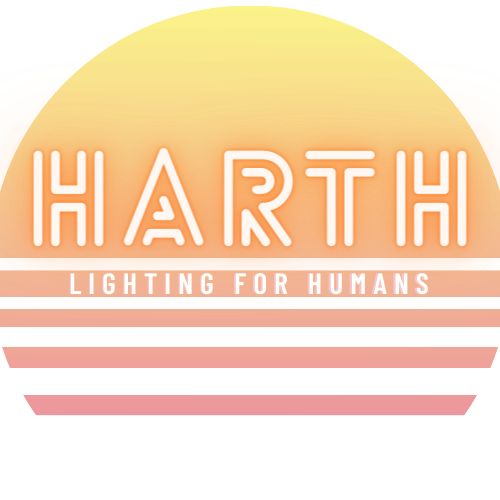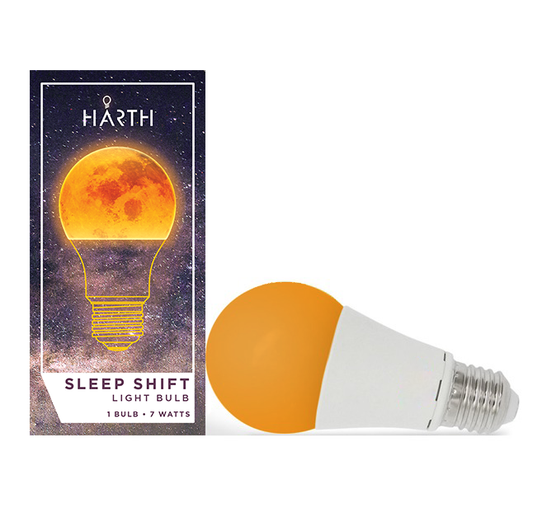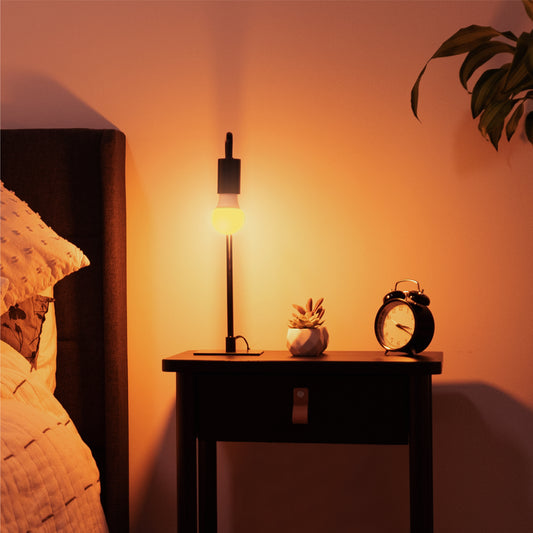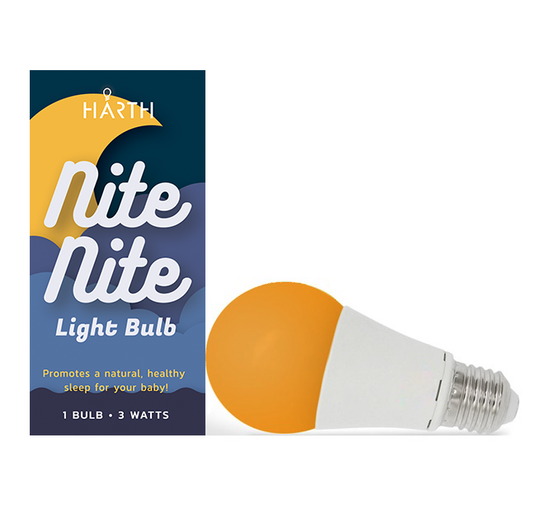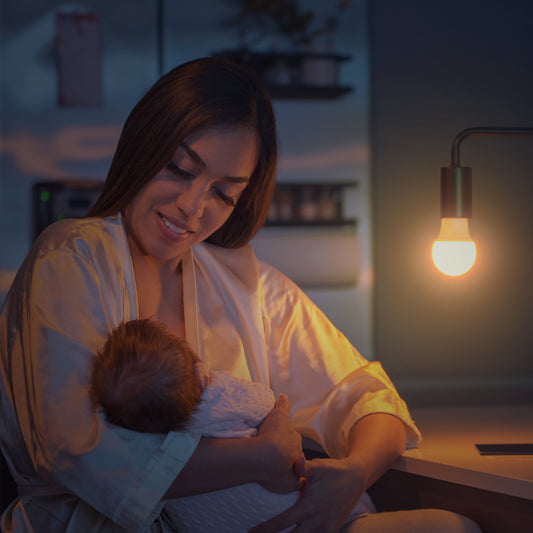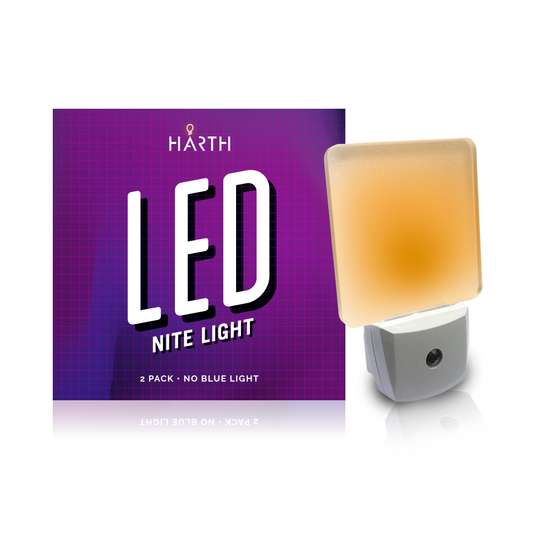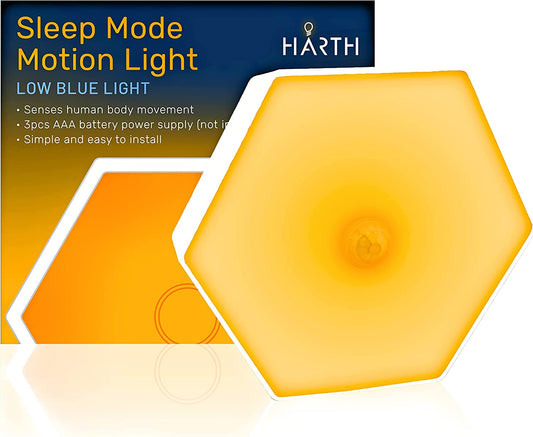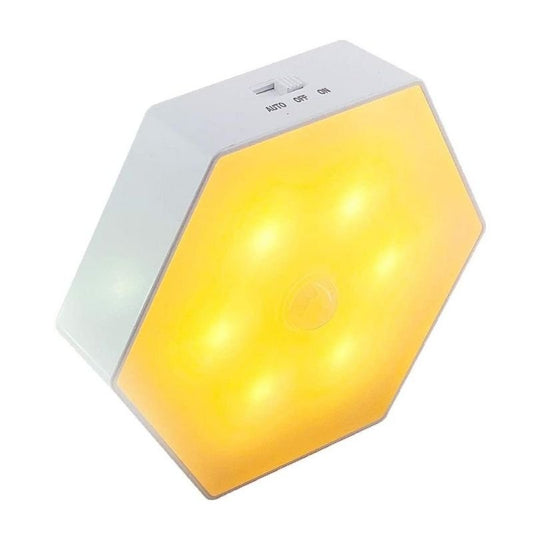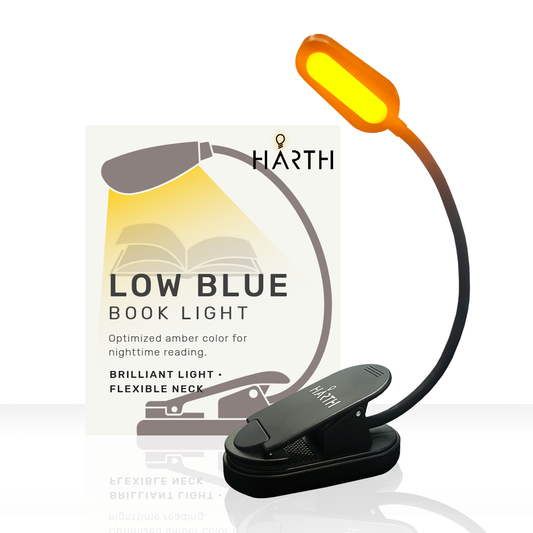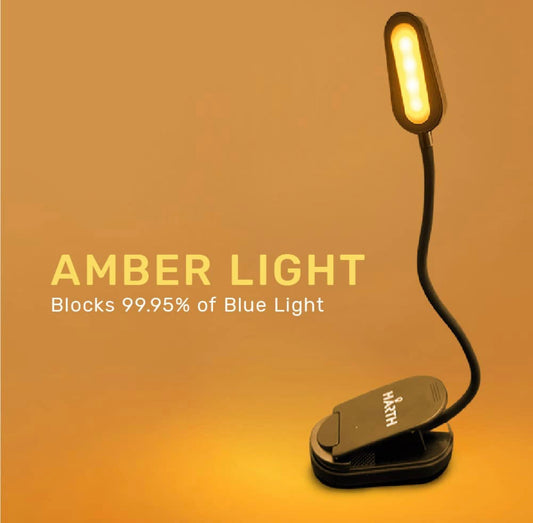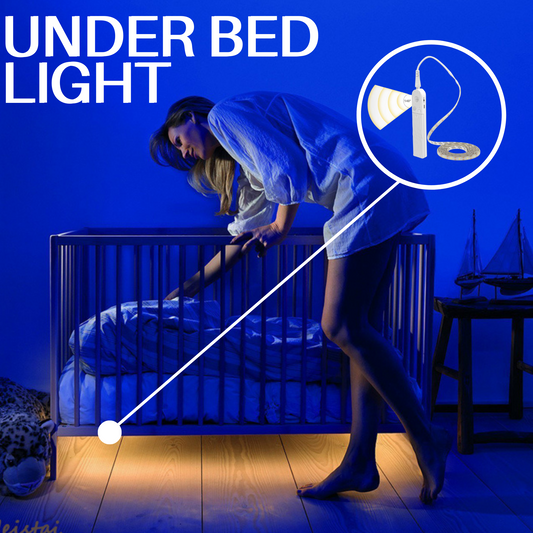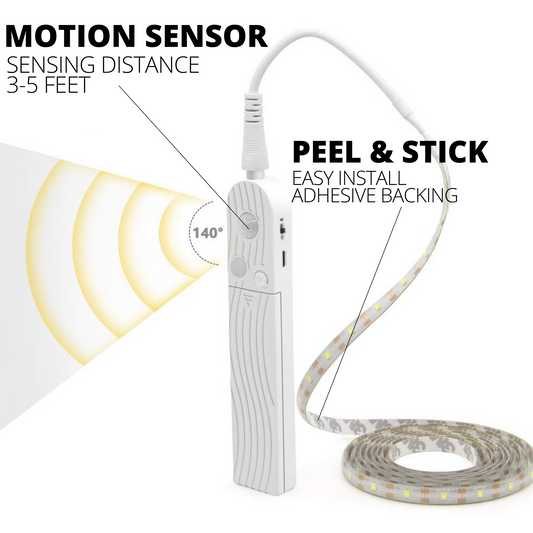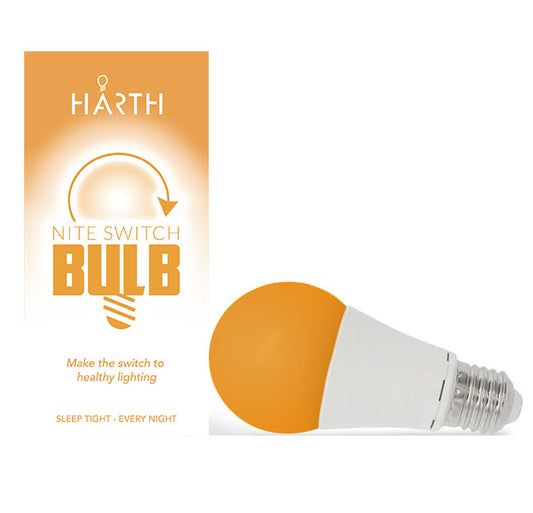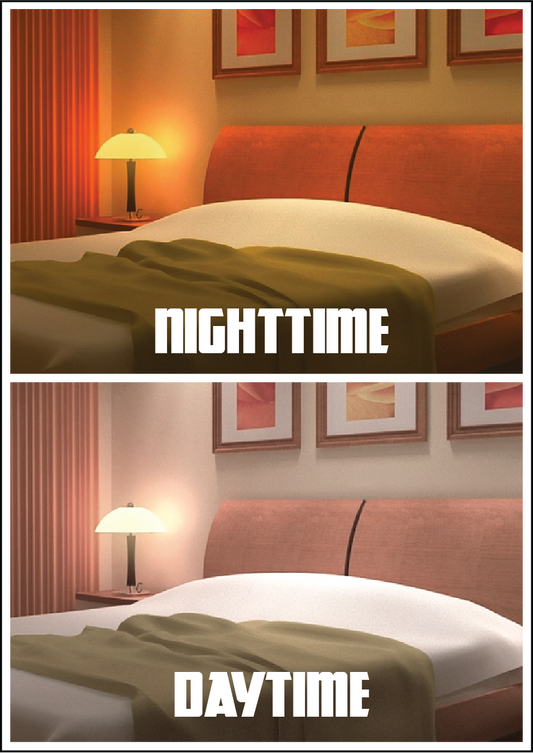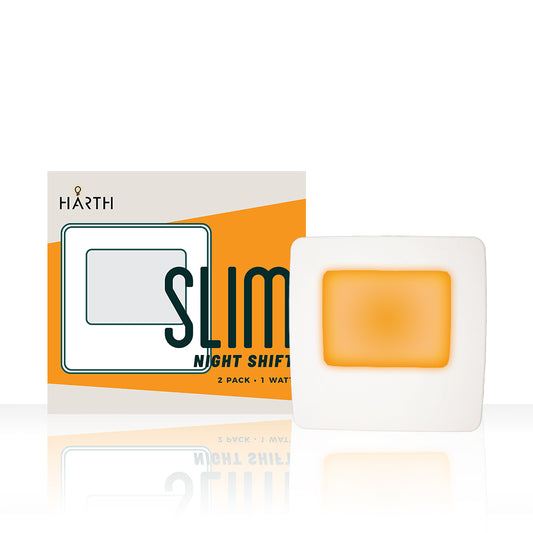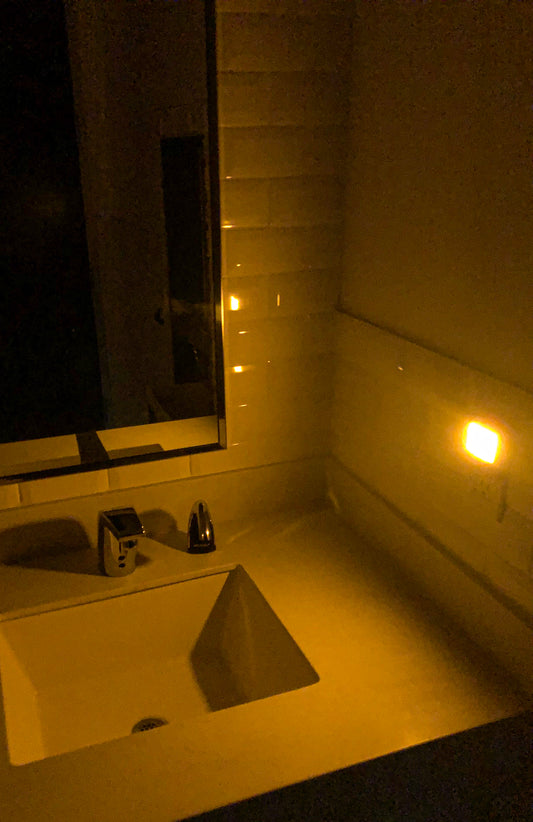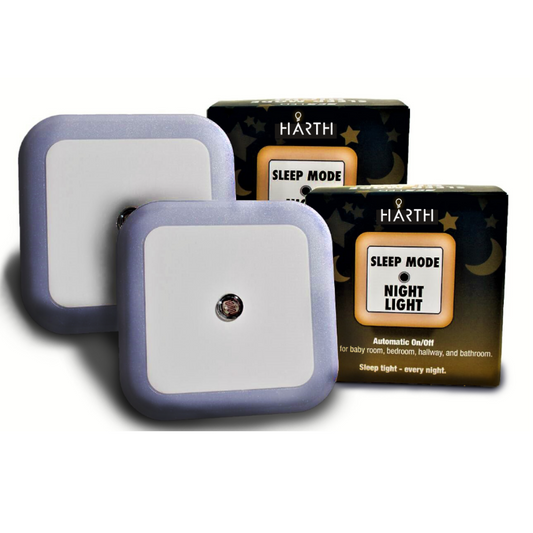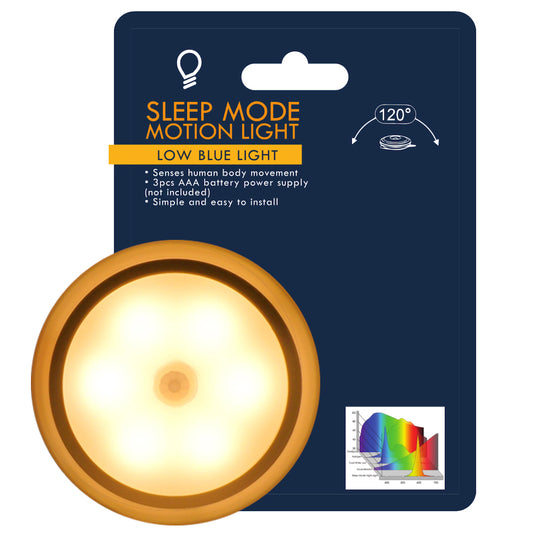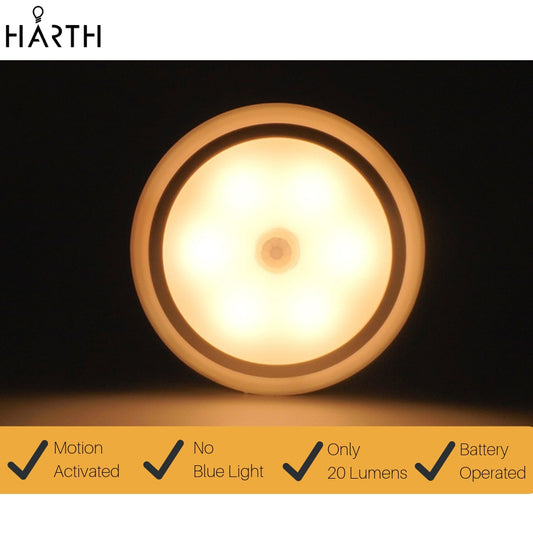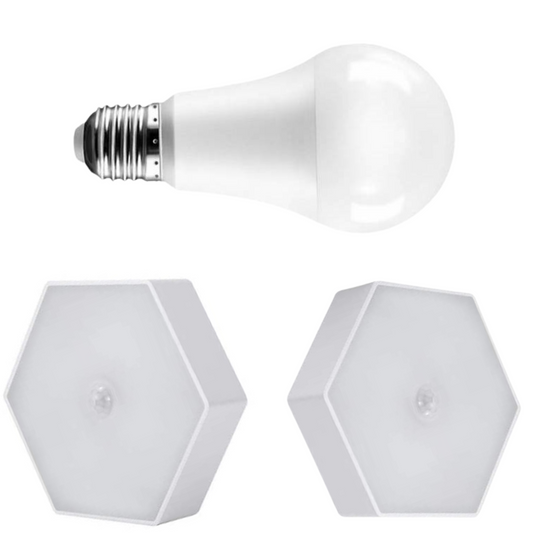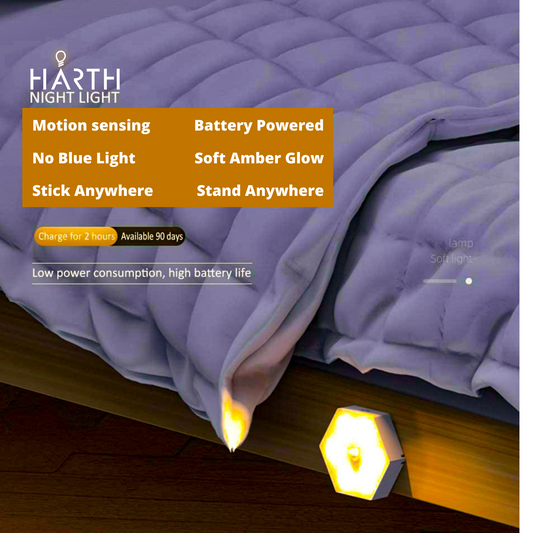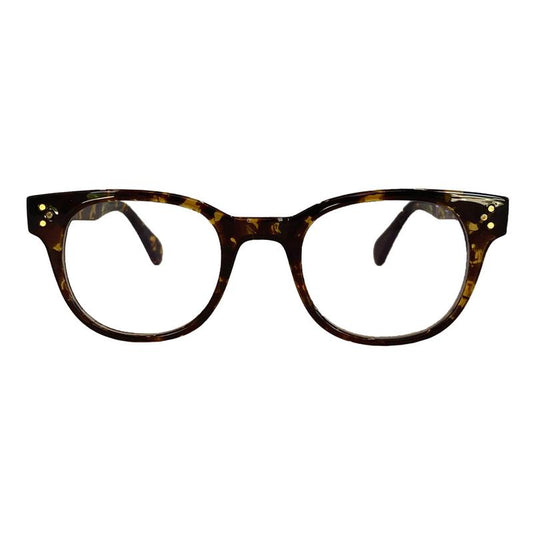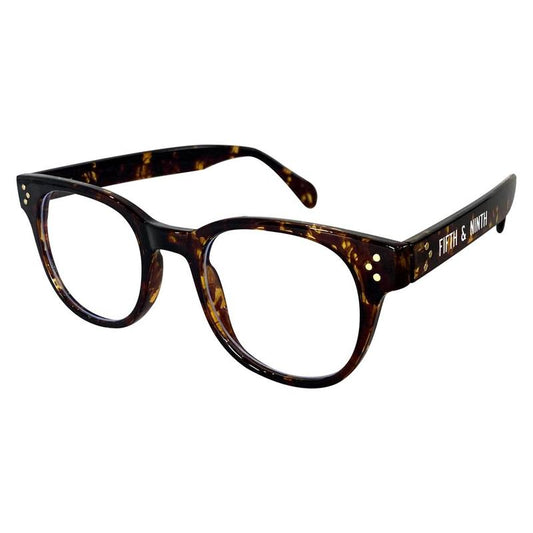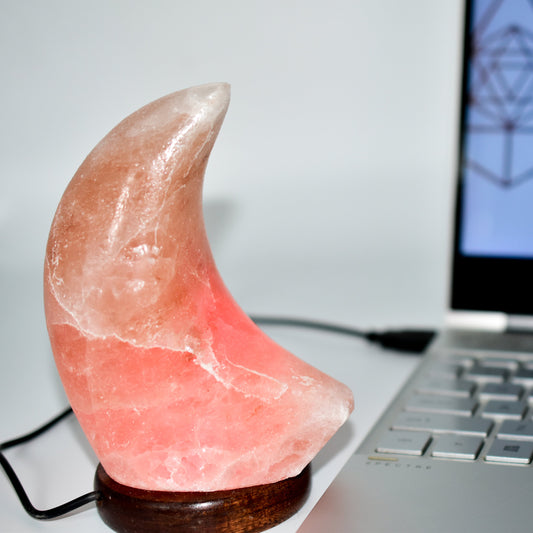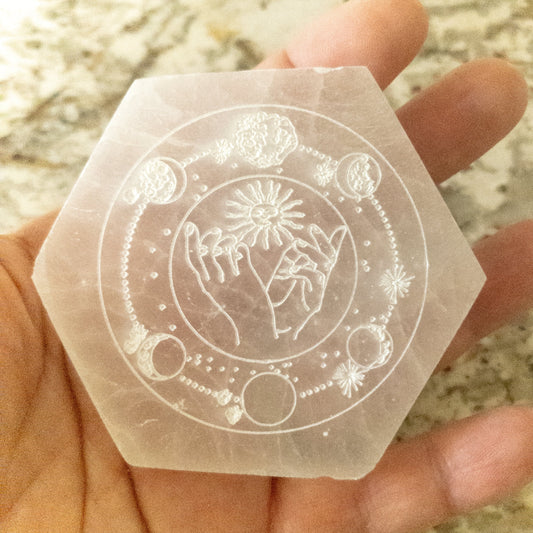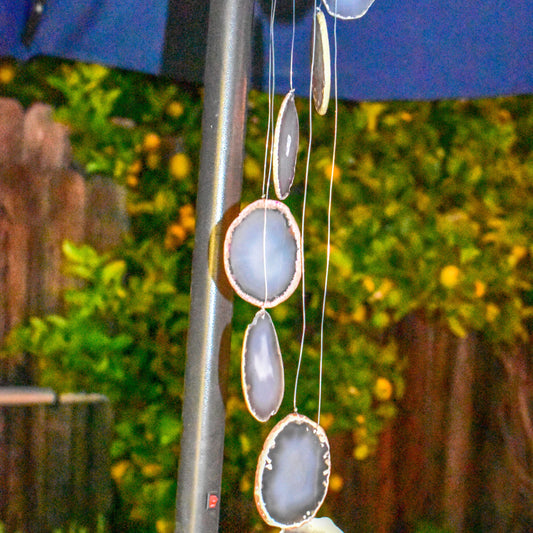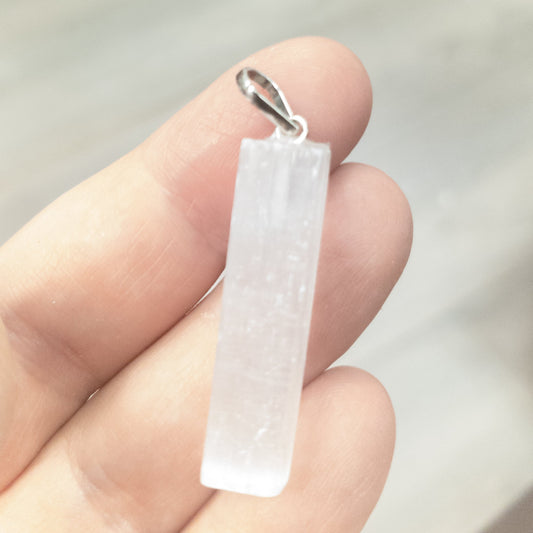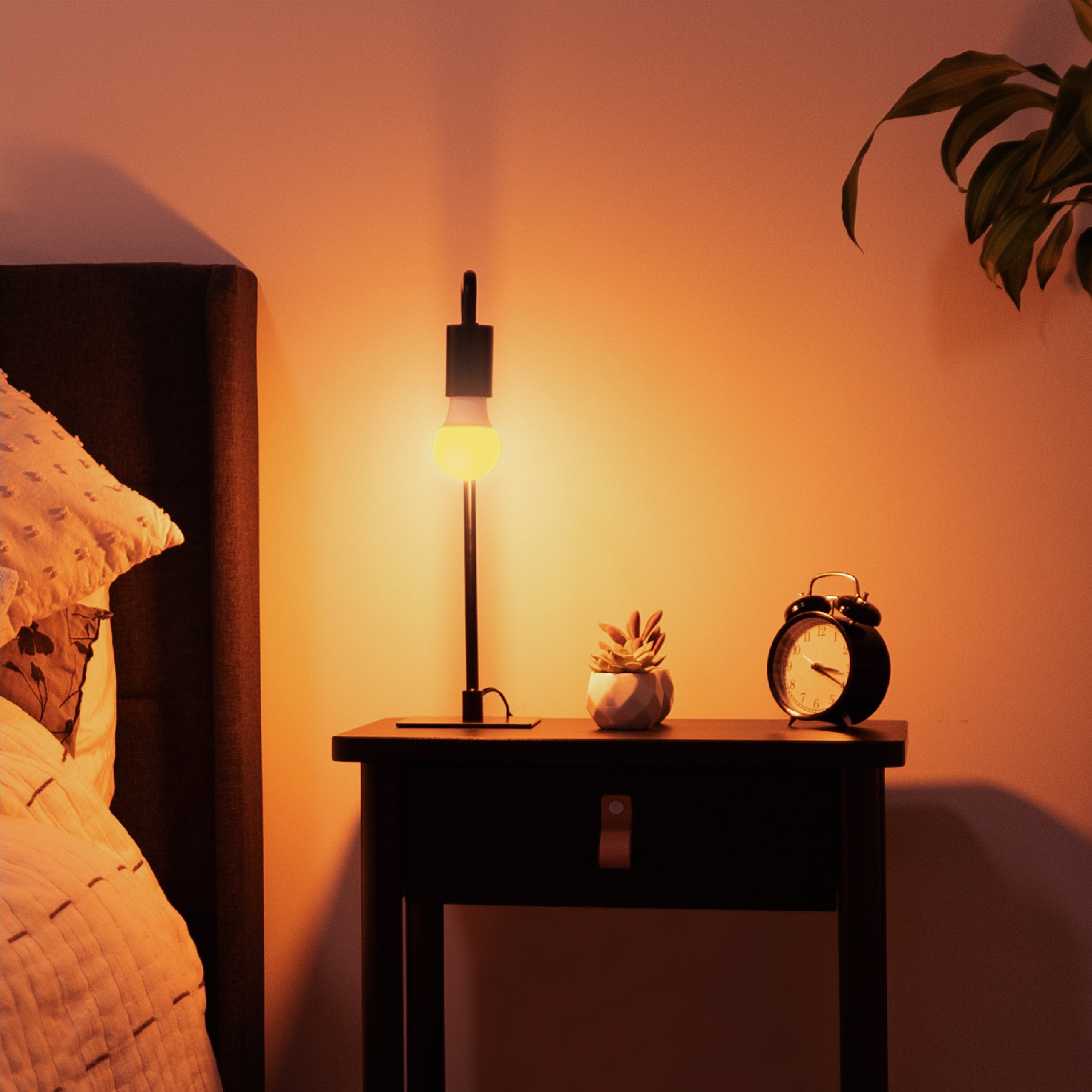
BETTER SLEEP STARTS HERE
SLEEP BETTER LIGHTS
Revolutionize Your Sleep Routine with Night Lights – Designed for Deep, Restorative Sleep!
-
Sleep Shift Light Bulb (7 Watts) Perfect for Bedroom
4.0 / 5.0
(14) 14 total reviews
Regular price From $15.99Regular priceUnit price / per$19.95Sale price From $15.99Sale -
Nite-Nite Light Bulb (3 Watts) Perfect for Nursery. Dimmable.
4.5 / 5.0
(8) 8 total reviews
Regular price From $14.99Regular priceUnit price / per$22.99Sale price From $14.99Sale -
Sleep Mode Nite Lite 2. No Blue Light.
4.2 / 5.0
(5) 5 total reviews
Regular price $12.99Regular priceUnit price / per$19.99Sale price $12.99Sale -
HEX MOTION LIGHT - Rechargeable Battery -Stick Anywhere
5.0 / 5.0
(2) 2 total reviews
Regular price $12.99Regular priceUnit price / per$16.00Sale price $12.99Sale -
Reading Lamp - Low Blue Light - Amber Clip-On Study Light
5.0 / 5.0
(9) 9 total reviews
Regular price From $13.99Regular priceUnit price / per$16.00Sale price From $13.99Sale -
Sleep Mode Bed Light - Under Bed Strip Lighting
Regular price $9.00Regular priceUnit price / per$17.99Sale price $9.00Sale -
Nite Switch Bulb. (Blue Depleted / Blue Enriched)
4.25 / 5.0
(4) 4 total reviews
Regular price $19.95Regular priceUnit price / per -
Slim Night Light (2-pack)
5.0 / 5.0
(1) 1 total reviews
Regular price $11.99Regular priceUnit price / per$17.99Sale price $11.99Sale -
Sleep Mode Night Light
5.0 / 5.0
(5) 5 total reviews
Regular price $9.00Regular priceUnit price / per$14.00Sale price $9.00Sale -
Sunflower Night Light. Stick Anywhere - Battery Powered - Motion Activated. Perfect for Kids Room, Hallway.
5.0 / 5.0
(4) 4 total reviews
Regular price $11.99Regular priceUnit price / per$14.99Sale price $11.99Sale -
2 Motion Lights and Night Switch Bulb
5.0 / 5.0
(1) 1 total reviews
Regular price $24.00Regular priceUnit price / per$36.00Sale price $24.00Sale -
Maui Blue Light Blocking Glasses
Regular price $39.00Regular priceUnit price / per$49.00Sale price $39.00Sale
Revolutionize Your Sleep with Melatonin-Friendly Night Lights
What is Blue Light, Anyway?
What is Blue Light?
Blue light is only one part of the full visible spectrum of light. All colors we see are somewhere on this spectrum. Blue light is on the lower end of the spectrum. This means the wavelengths are shorter and therefore vibrate faster.
Blue light is naturally occurring. The full light spectrum is given off by the sun. In this sense blue light is no different than any other color we see. The sky appears blue because blue light collides with air molecules and is scattered in the atmosphere.

Why is Blue Light a Problem?
Blue light is just another wavelength in the natural spectrum. Emitted by the sun, but also emitted by every powered device that is in your home. From TV's, to light bulbs, to your mobile device, there is a lot of blue light floating around your space at night.
There has been extensive recent study of the relationship between light and sleep cycles- one such study concluded, “exposure to room light before bedtime suppressed melatonin, resulting in a later melatonin onset in 99% of individuals and shortening melatonin duration by about 90 min.”[1] It doesn't get much more conclusive than 99%.
Room light is commonly known as just white light. But white light represents a broad spectrum of colors at wavelengths from deep blue at 380nanometers (nm)to red at 780nm. Blue light in particular has been proven to suppress melatonin more powerfully than any other wavelength.
To demonstrate this, Harvard researchers conducted an experiment comparing the effects of 6.5 hours of exposure to blue light to exposure to a warmer wavelength light of comparable output. The blue light suppressed melatonin for twice as long as the warmer light and shifted circadian rhythms by twice as much (3 hours vs. 1.5 hours).

The proliferation of digital devices has increased our exposure to blue light. Smartphone, tablet, and computer screens, especially those that are back-lit, emit excessive blue light. But even in the bedroom when all devices are put away, the body is still bombarded with blue light from CFL (spiral) bulbs and even traditional LED bulbs.
Left is a room with traditional LED, Right is optimized with Amber LED "Sleep Ready Light Bulbs"
 VS.
VS. 
Health and Eye Issues
Due to its short wave length, blue light emits a high amount of energy. Therefore blue light can reach deep inside our eyes and cause damage to the retina. This is not instantaneous, but does build up over time. The cumulative exposure is linked to serious eye diseases such as Macular Degeneration.
The health concerns associated with blue light exposure do not just apply to the eyes themselves. There are other related health issues such as:
- Headaches and migraines: Headaches are common with eye strain. It’s no surprise for blue light exposure to produce eye strain along with a headache. Migraines are similar to headaches but can be more severe, even debilitating.
- Sleep issues: Blue light has been proven to delay the production of natural melatonin.
- NASA has gone so far as to implement low level blue LED bulbs on the International Space Station, to help astronauts sleep in space, by encouraging the production of melatonin. Astronauts are prone to circadian disruption, with multiple sunrise and sunsets per day.
- Depression: There is some research that shows a correlation between blue light exposure and depression.
- Cancer: Harvard researchers have linked exposure to blue light, especially in the night time, to a variety of cancers, including breast and prostate cancer.
- Diabetes and Obesity: A Harvard study followed the health results of a test group. As exposure to light at night was gradually increased, blood sugar levels increased as well – a sign of pre-diabetes.

A SOLUTION?
Introducing: Harth Sleep Technology, The NATURAL Sleep Aid
Harth offers light bulbs designed at specific lighting levels, wavelengths, and colors, which promote natural melatonin production and maintain a healthy circadian rhythm, when compared to traditional incandescent and compact fluorescent lights.
Melatonin is secreted by the pineal glands and is a key hormone in regulating the sleep/wake cycle, also known as circadian rhythm.
Daily circadian rhythms vary per individual, but ideally follow a 24 hour light/dark cycle. When circadian rhythms are shifted, studies have shown adverse health effects follow, including diabetes, obesity, and sleep disorders.[1] According to a Harvard neuroscientist, “light is the most powerful cue for shifting the phase or resetting the time of the circadian clock.[2]
Intended for evening use before bedtime, Harth Sleep Products provide ambient light at a peak wavelength of 595nm, allowing natural melatonin to reach the photoreceptors in the retina, thereby promoting normal sleep cycles. The gentle amber color of the SLEEP READY bulb is designed to simulate sunset, an attempt to tap into the entrainment of the human circadian clock, and the natural light-dark cycle.
Harth products long-life LEDs, coupled with high-efficiency internal drivers extend service life, and are rated to deliver L70 performance at over 30,000 hours. With no mercury vapor, no chemicals, shatterproof PC cover, and smooth hemmed sides, the lighter weight fixture allows for safe, easy installation in any fixture.
References:
[1] Chepesiuk R. Missing the Dark: Health Effects of Light Pollution. Environmental Health Perspectives. 2009;117(1):A20-A27.
[2] Harvard University neuroscientist Anne-Marie Chang in Scientific American. http://www.scientificamerican.com/article/q-a-why-is-blue-light-before-bedtime-bad-for-sleep/
SLEEP BETTER
View all-
-
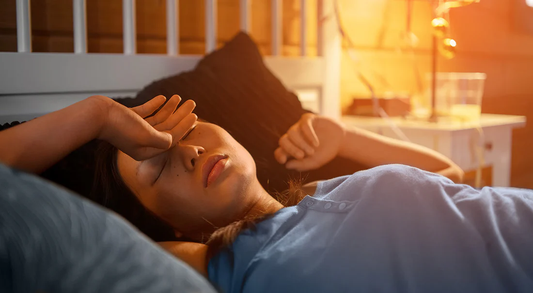
How LED Lights Influence Circadian Rhythms for ...
In today's fast-paced world, getting a good night's sleep is more crucial than ever for our overall health and well-being. Yet, with the prevalence of artificial lighting, our natural sleep-wake...
How LED Lights Influence Circadian Rhythms for ...
In today's fast-paced world, getting a good night's sleep is more crucial than ever for our overall health and well-being. Yet, with the prevalence of artificial lighting, our natural sleep-wake...
-
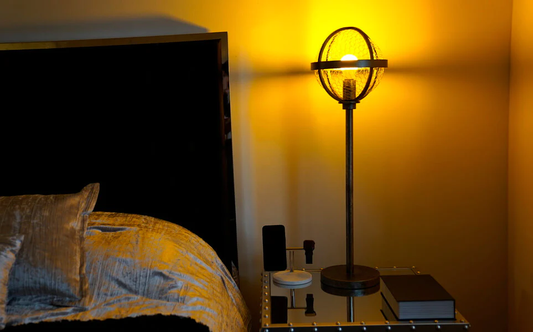
The Science Behind Selecting the Perfect Color ...
The Foundation of Sleep Light Selection Harth, renowned for innovative sleep solutions, prioritizes understanding circadian rhythms to determine the best color light for sleep. Circadian rhythms, our body's internal clock,...
The Science Behind Selecting the Perfect Color ...
The Foundation of Sleep Light Selection Harth, renowned for innovative sleep solutions, prioritizes understanding circadian rhythms to determine the best color light for sleep. Circadian rhythms, our body's internal clock,...
Crystals
-
Himalayan Salt Moon Lamp
Regular price $24.00Regular priceUnit price / per -
NEW Celestial Engraved Selenite Hexagon Plate
Regular price $14.30Regular priceUnit price / per -
Large Natural Agate Slice Wind Chime
Regular price $36.00Regular priceUnit price / per -
Polished Selenite Pendant
Regular price $6.00Regular priceUnit price / per
